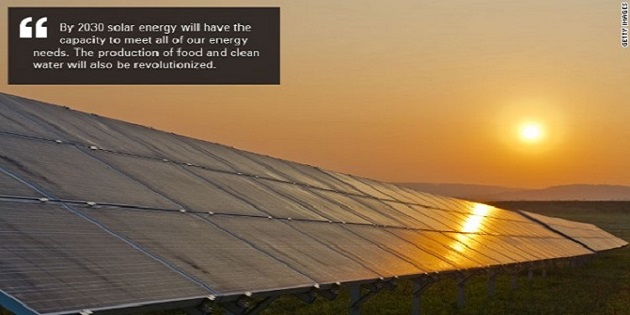Analysts at GlobalData–specialises in providing expert industry reports, and market analysts–report that the solar PV sector is a leader in the global distributed power market.
These analysts are confident the distributed power generation market will significantly grow in the near future–more than doubling its contribution to the global installed power capacity from 190 Gigawatts (GW) in 2013 to nearly 389 GW by 2019.
The global solar PV sector leads the distributed power market segment with a 48% stake of the global distributed installed capacity totalling 92 GW of installed power capacity (2013). Closely followed by Combined Heat and Power and wind power, having 38% and 13% shares, respectively.
“Due to a number of EU member states that pioneered in offering subsidies and incentives to boost solar PV installations, Europe now holds an impressive 66% share of the world’s distributed solar PV capacity.” says Ankit Mathur, GlobalData’s Project Manager for Alternative Energy.
“However, following the 2009 financial crisis and recent budgetary constraints, most of the European PV markets have retracted their support by reducing such incentives. It is therefore expected that Europe will be supplanted by Asia-Pacific (APAC) as the market leader by 2019.” He continued.
The APAC region will add 89 GW to the global distributed PV cumulative installed capacity towards the end of the year 2019 due to Chinese and Japanese growth markets.
Mathur concludes that: “These countries’ efforts in boosting distributed PV installed capacity will help reduce the burden on the grid and avoid transmission losses. It will also allow for rural electrification, which is a significant priority for most governments across the globe.”
GlobalData estimates that a whooping $74.8 billion was invested in the solar PV distributed power sector market in 2013–a massive 77% share of the total investments that same year, with a predicted bankroll increase in the global distributed power market to about $114 billion by 2019.














Comments